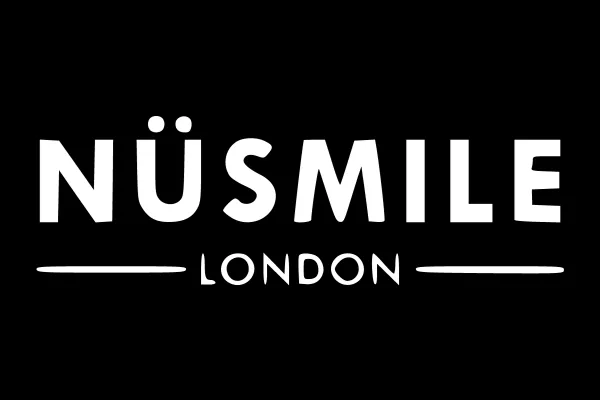
NuSmile London
111 Philip Lane, N15 4JR
same day Smile transformation
Composite bonding is the fastest way to improve the shape, colour and size of teeth. It requires no drilling, no injections and can be completed on the same day.

WHAT IS Composite bonding?
THE PROBLEM

Chipped, uneven, or misshapen teeth can affect the way you smile. These imperfections can lead to self-consciousness and affect overall confidence.
THE SOLUTION

Composite bonding is the process of applying tooth coloured filling material to the surface of teeth to improve the overall shape, size and colour of teeth.
Benefits

No Needles / Injections

No Drilling / Shaving Teeth

Same Day Results!
our PATIENTS
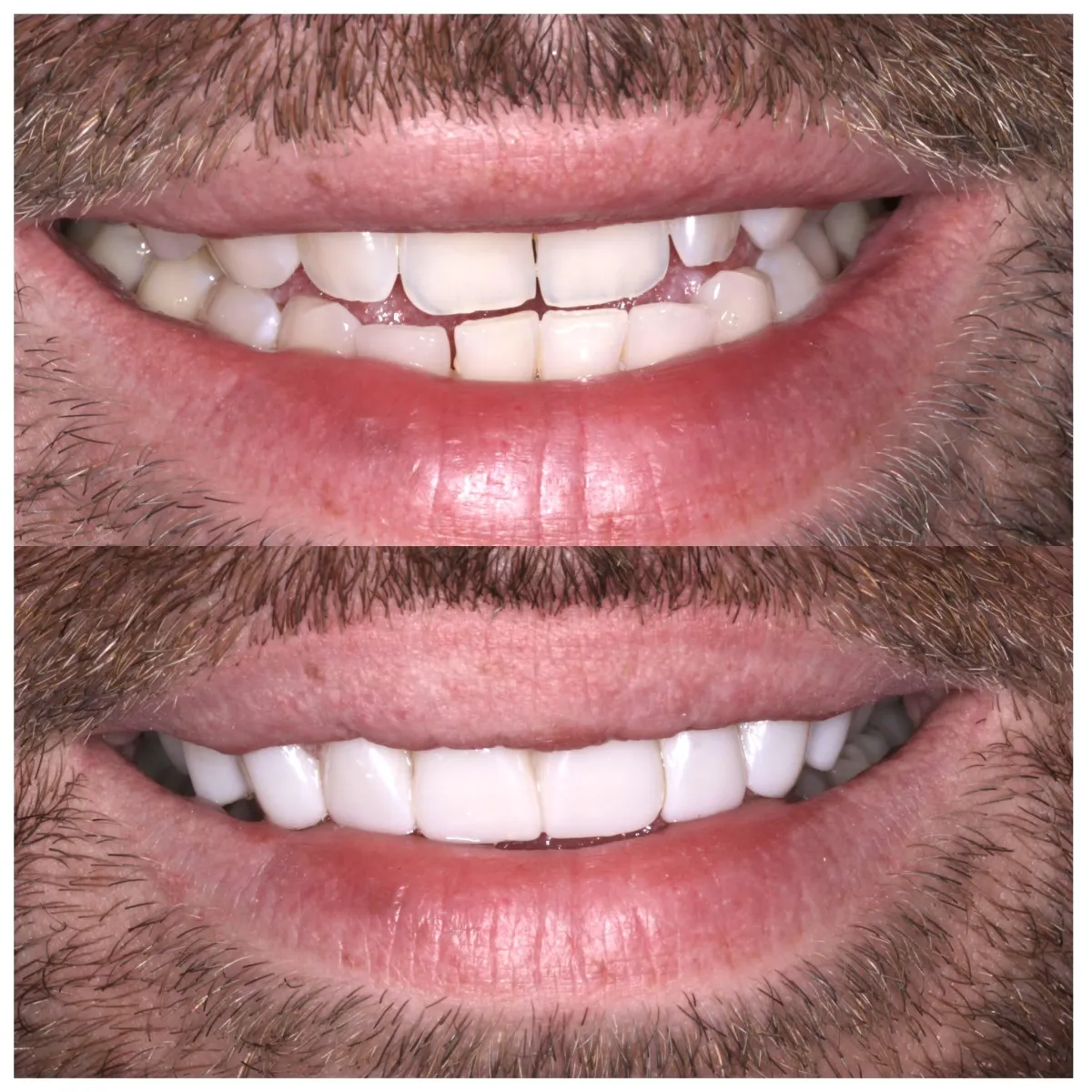

I'm so happy with my new teeth and it’s made such a huge difference to my confidence.
Jason
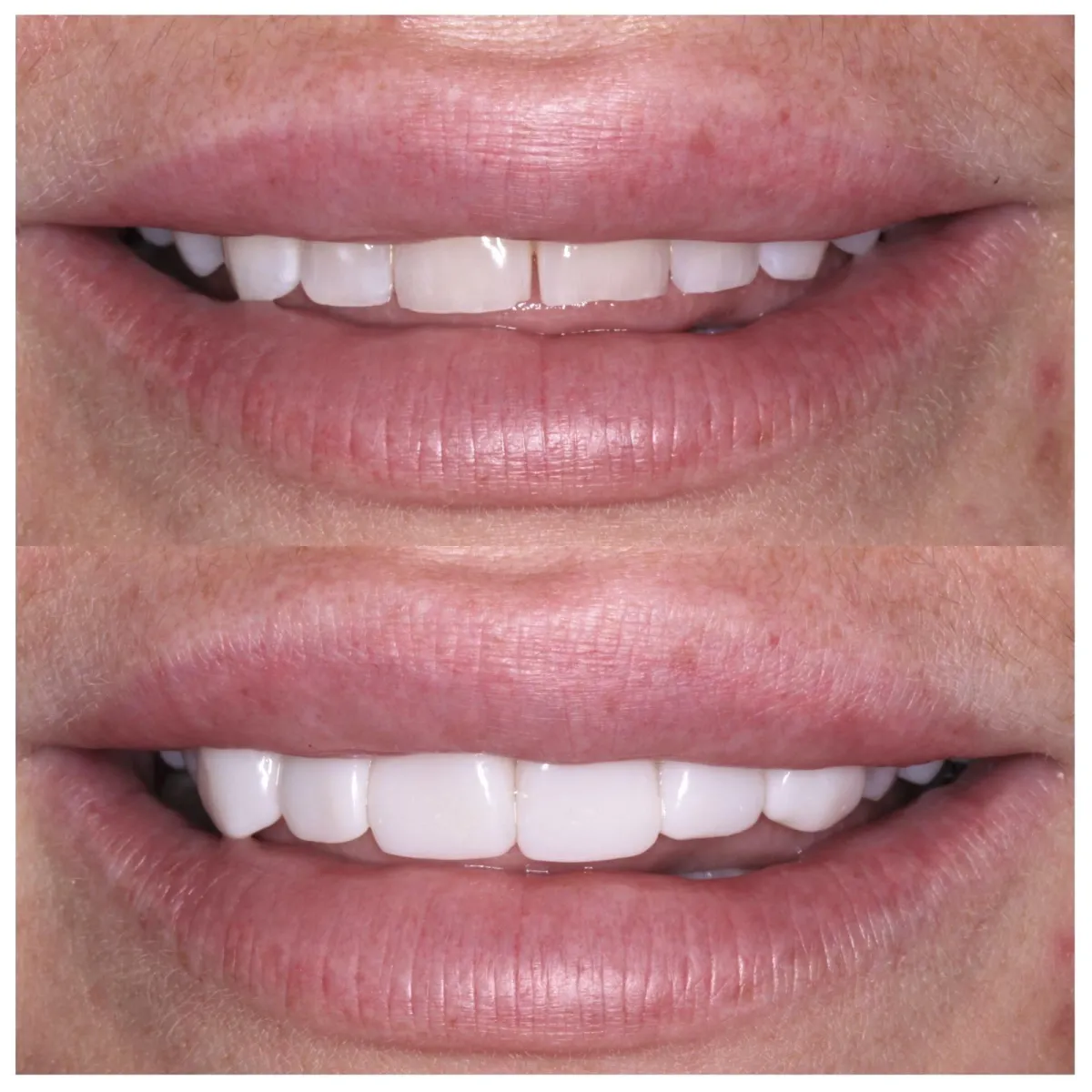

So grateful that I have decided to do my bonding with NuSmile. Not only are professional, but also they truly care about the patient's needs and how they feel. Will definitely come back!
Paulina
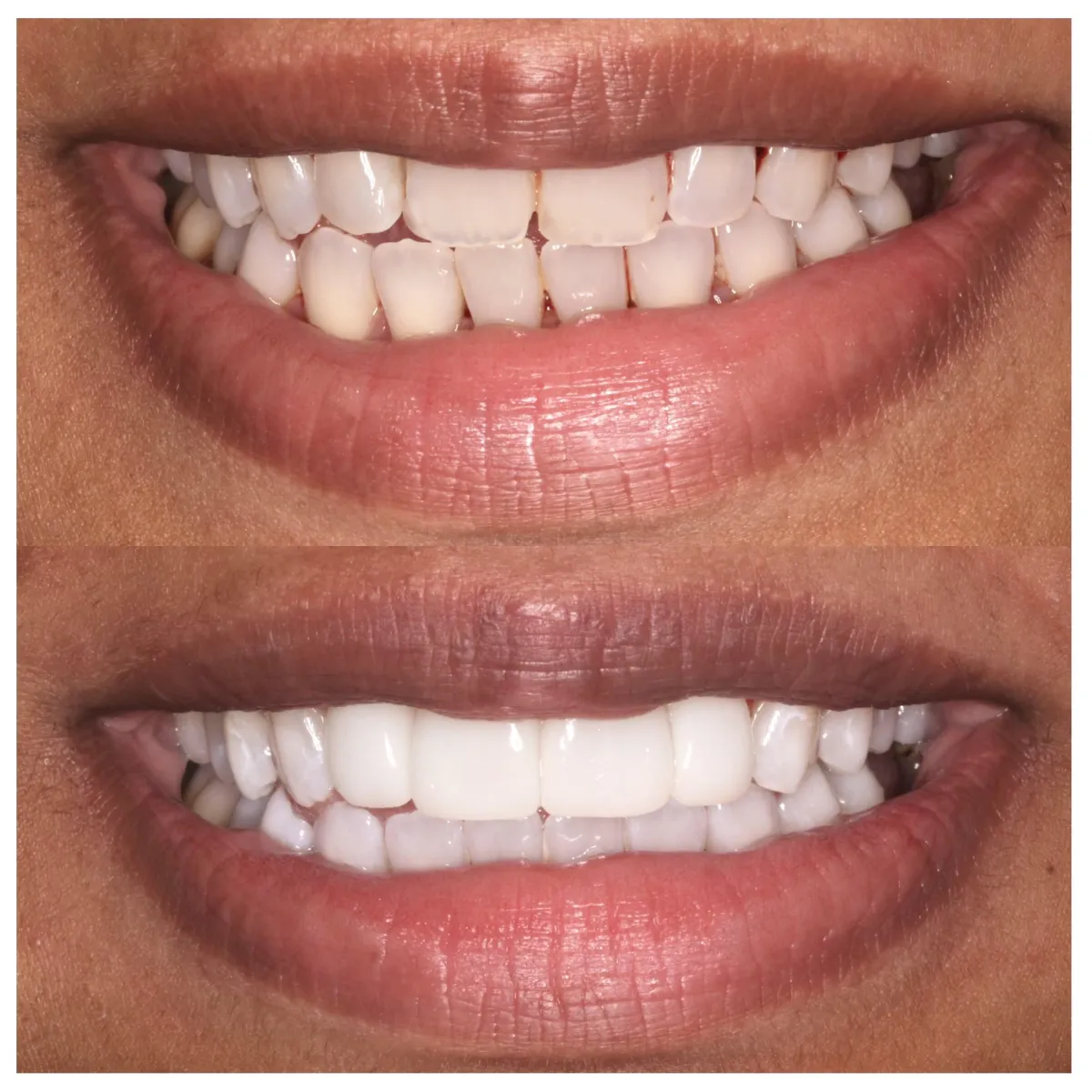

I had whitening and composite bonding and I am overwhelmed by how amazing the final result is.
Lauren
LIFE IS TOO SHORT NOT TO SMILE
3 Step action plan
Step 1
Consultation
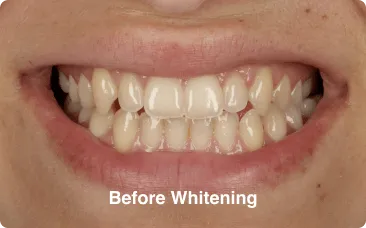
We will take a 3D scan of your teeth and show you exactly how your teeth will look!
Step 2
Whitening
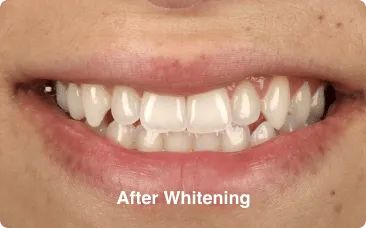
At home whitening for 2 weeks. We will then colour-match the composite to your new shade.
Step 3
Treatment
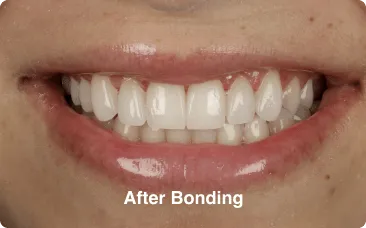
Composite bonding appointments take on average 3-4 hours. Leave with your new smile the same day!
Composite bonding Pricing
1-7 teeth: £300 per tooth
8+ teeth: £250 per tooth
Package 1
✓ 6 Teeth Composite Bonding
✓ Whitening
✓ Night Guard
£195 per month for 12 months
Package 2
✓ 8 Teeth Composite Bonding
✓ Whitening
✓ Night Guard
£213 per month for 12 months
Package 3
✓ 16 Teeth Composite Bonding
✓ Whitening
✓ Night Guard
£380 per month for 12 months
what our patients say
FAQs
How many visits are needed?
The composites themselves are done in one appointment. We will always book a consultation appointment first. Most people will have a review appointment after to ensure they are completely happy.
Will I need an injection?
The great majority of all cases are completed pain-free and without the need for local anaesthetic.
Will my teeth need to be drilled?
In most cases composite is applied with no drilling to the natural tooth. For cases that require tooth adjustment, you will be advised beforehand in the consultation appointment.
How long does composite bonding last?
As with most cosmetic dental procedures they will eventually need replacing. Typically we see good results of 5-10 years for composite bonding, dependent upon care.
Is there a minimum number of teeth recommended?
There is no minimum recommendation for this. In order to gain optimal aesthetic results most individuals require composite bonding on approximately 8-10 teeth for the most uniform and symmetrical smile.
Composite bonding or porcelain veneers?
Composite bonding is a single session treatment option which is great to correct smaller imperfections, chips, cracks and minor spacing between the teeth.
Veneers on the other hand are lab made ultra thin sheets of ceramic material which are shaped to fit onto the teeth. They usually require some removal of natural tooth structure to create enough space for the veneer to attach to the tooth. They are normally recommended for larger imperfections of the teeth and as they are lab made, are more costly than composite bonding.
Do my teeth need to be straight before composite bonding?
We would recommend straightening before bonding. Slight minor misalignment can be masked with composite bonding. However, it is always advisable to straighten with braces or invisalign first to achieve the best results.
What is the composite bonding procedure?
The tooth surface is thoroughly cleaned and then prepared with a gel that roughens the surface microscopically. The putty like composite resin material is then applied using special instruments and brushes to sculpt to the desired shape, often in several layers. Using a special light, the material is then hardened. Further layers can then be added accordingly. The procedure is then completed with smoothing of the tooth surface and polishing.